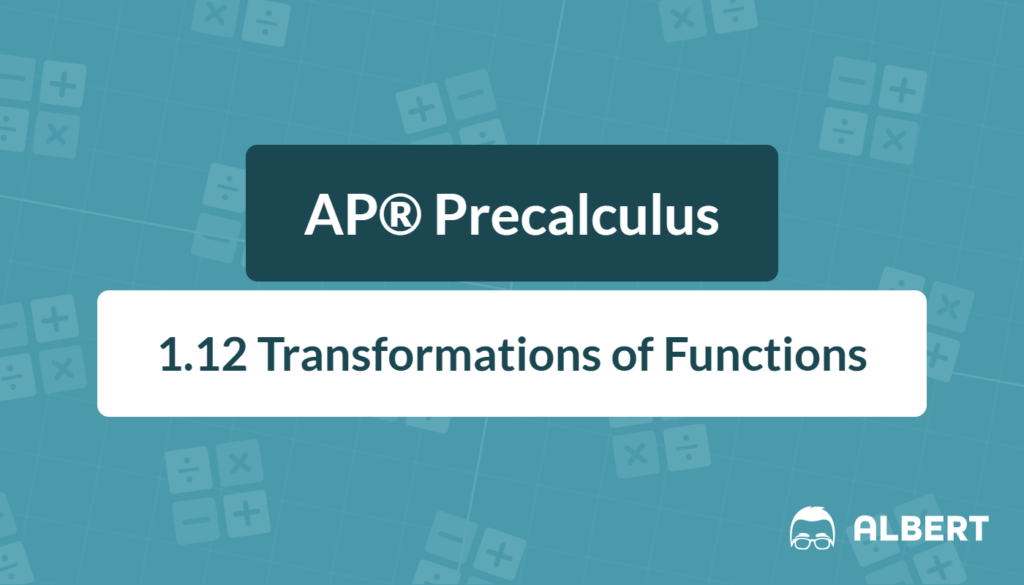What We Review
Introduction
Transformations of functions are key to understanding graphs and data in Precalculus and beyond. They help analyze changes without losing the essence of the original function. This guide explores core transformations, such as vertical stretches, horizontal stretches, translations, and more. Mastering these will simplify understanding more complex math topics.
Understanding Transformations of Functions
Transformations refer to changes applied to a function’s graph. They shift, stretch, or compress graphs, providing insights into various real-world scenarios. For example, understanding how a vertical stretch influences a graph helps in fields like physics, where graphs model motion.
Types of Transformations
Each transformation adjusts the graph differently. Let’s break them down!
Vertical Translations
- Definition: Vertical translations move a graph up or down without altering its shape.
- General Form: g(x) = f(x) + k, where k is the number of units to move.
Example: Consider the function f(x) = x^2. Transform it by moving 3 units up.
- Start with Original: f(x) = x^2
- Apply Transformation: g(x) = f(x) + 3 = x^2 + 3
Observe that each point on f(x) has moved up, creating g(x), the transformed graph.
Horizontal Translations
- Definition: Horizontal translations move graphs left or right while maintaining their shape.
- General Form: g(x) = f(x + h), where h indicates direction and distance.
Example: Transform f(x) = x^2 by moving it 4 units left.
- Original Function: f(x) = x^2
- Transformation: g(x) = f(x + 4) = (x + 4)^2
Every point on f(x) slides left, resulting in g(x).
Vertical Stretch and Compression
- Definition: Alters the graph’s height.
- General Form: g(x) = af(x)
- Stretch
- If a > 1
- Compression
- If 0 < a < 1.
- Stretch
Example: Stretch f(x) = x^2 vertically by a factor of 2.
- Original: f(x) = x^2
- Stretch: g(x) = 2f(x) = 2x^2
Points on the graph become twice as high.
Horizontal Stretch and Compression
- Definition: Changes the graph’s width.
- General Form: g(x) = f(bx)
- Stretch
- If 0 < b < 1.
- Compression
- If b > 1.
- Stretch
Example: Stretch f(x) = x^2 horizontally by a factor of ½.

- Original Function: f(x) = x^2
- Stretch: g(x) = f(0.5x) = (0.5x)^2 = 0.25x^2
The graph expands outward, showing a broader view.
Combining Transformations
Functions can undergo multiple transformations at once, but order matters. For instance, apply stretches or compressions before translations for accurate results.
Example: Consider f(x) = x^2. Apply a vertical stretch of 2, then move 3 units up.
- Stretch: g_1(x) = 2x^2
- Translate: g(x) = g_1(x) + 3 = 2x^2 + 3
Each step alters the graph progressively.
Domain and Range Considerations
Transformations can shift domains and ranges. Understanding these shifts is key especially when working with piecewise functions or functions with restrictions.
Example Solution:
Original function: f(x) = \sqrt{x}, domain: x \geq 0.
Apply vertical stretch: 2f(x) and horizontal shift: f(x + 3).
- New function: g(x) = 2\sqrt{x+3}
- New Domain: x \geq -3
Pre Calc Transformations Cheat Sheet and Important Vocabulary
| Term | Definition |
| Vertical Translation | Moving a graph up or down |
| Horizontal Translation | Shifting a graph left or right |
| Vertical Stretch | Multiplying f(x) by a factor to alter height |
| Horizontal Stretch | Multiplying input by a factor to change width |
| Vertical Compression | Reducing height by a factor (less than 1) |
| Horizontal Compression | Narrowing width by a larger factor |
| Vertical Dilation | Another term for vertical stretch and compression |
| Horizontal Dilation | Another term for horizontal stretch and compression |
Conclusion
Mastering transformations equips students for a smoother journey through Precalculus and higher-level math. By practicing these concepts, learners can enhance their problem-solving skills. Try transforming various functions and observe how graphs change, developing a deeper understanding.
Feel free to share insights and questions with study groups or in online forums for collaborative learning.
Sharpen Your Skills for AP® Precalculus
Are you preparing for the AP® Precalculus exam? We’ve got you covered! Try our review articles designed to help you confidently tackle real-world math problems. You’ll find everything you need to succeed, from quick tips to detailed strategies. Start exploring now!
Need help preparing for your AP® Precalculus exam?
Albert has hundreds of AP® Precalculus practice questions, free responses, and an AP® Precalculus practice test to try out.









